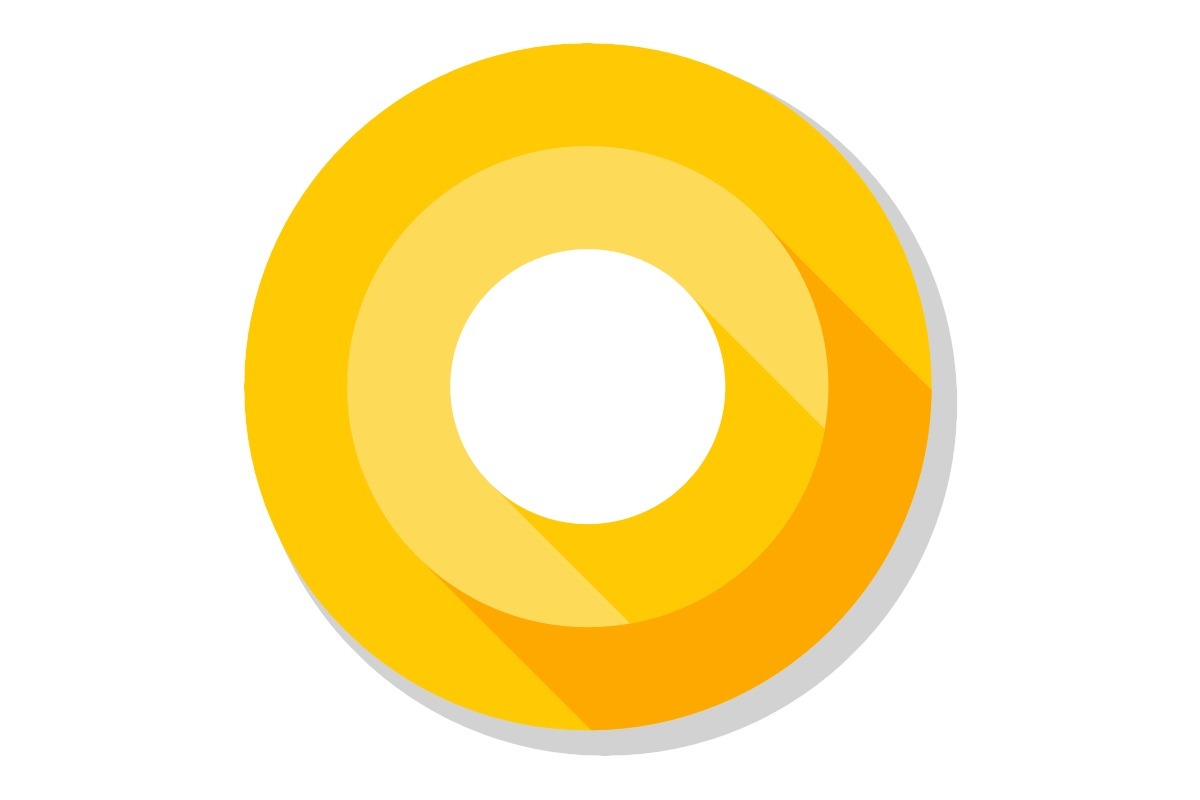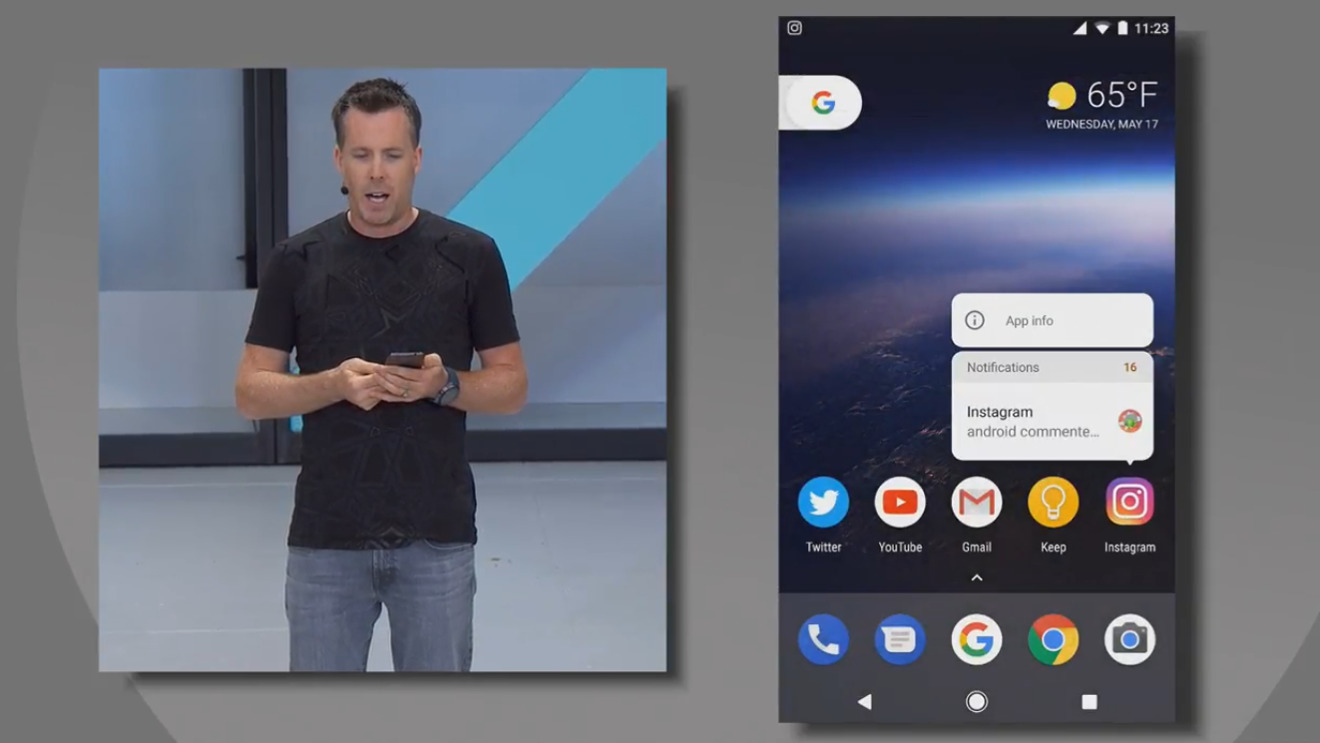Google shows notification dots, smart text selection, optimizations in 'Android O'
Major features of Google's next iteration of Android have been revealed at the I/O developer conference, with "Android O" gaining a Picture-in-Picture mode, notification dots on app icons, and the ability to autofill data within apps, shown alongside improvements to the security and speed of the mobile operating system.
The "Fluid Experiences" updates to Android O was started off by the addition of a picture-in-picture mode, shrinking the app down so another can be used alongside it. Hitting the home button while a video is playing places it into the picture-in-picture mode, with the smaller video able to be swiped away when it is no longer required.
Video apps including YouTube and Netflix will support the multitasking function, but it will also be usable by other apps as well, including Google Maps. This could feasibly allow someone traveling to a destination to access the camera app while still being able to see where to go on the map.
Notification Dots are small dots on the app's icon, advising that the app has a notification for the user, a function that has been used on iOS for a considerable amount of time. A long press of an icon with the dot will bring up a small menu just above the icon, detailing the notifications without opening the app.
Google is also expanding the utility of autofill, the feature that automatically places a user's details into a form, from Chrome to apps. Android will provide suggestions for usernames and other details that can be placed into forms within apps that are being used elsewhere, saving the user from retyping the data.
Text selection is being given an overhaul, with machine learning being used to make it easier to select individual words or sentences. After analyzing text, Android will automatically select names, addresses, and other commonly highlighted details, saving the user from adjusting the selected area manually.
Google considers machine learning to be a major part of the mobile experience, teasing an upcoming project called TensorFlow Lite. Based on TensorFlow, Google's open source machine learning library, the Lite version is designed to be fast and lightweight, with Google also working on a Neural Network API that TensorFlow could use to speed up computation.
The second major section, "Vitals," covers behind-the-scenes elements of Android that impact speed and security of the operating system. For a start, the boot time of Android O is twice as fast as the current publicly-available version of Android, with Google having made "extensive changes" to the Android runtime to optimize it.
"Wise Limits" are being introduced as a way to prevent apps from draining the battery or taking up precious resources. The limits will primarily affect any apps running or executing in the background, allowing them to run, but minimizing their impact on the system's overall performance.
Google Play Protect is a new service for automatically keeping apps safe by regularly scanning them for issues. While Google already performs scanning of apps within Google Play itself, the program is more to do with educating users that various security measures are being performed, with notifications regularly appearing in the Google Play Store whenever apps are updated.
Most of the revealed features are included as part of the Android O Developer Preview 2, which is released today in a public beta. A full release of Android O is expected later this year.
 Malcolm Owen
Malcolm Owen












 Marko Zivkovic
Marko Zivkovic
 Amber Neely
Amber Neely
 Christine McKee
Christine McKee

 Mike Wuerthele and Malcolm Owen
Mike Wuerthele and Malcolm Owen

 William Gallagher
William Gallagher








